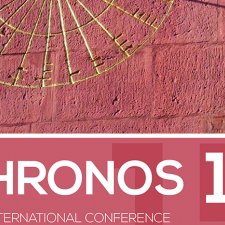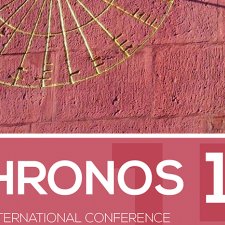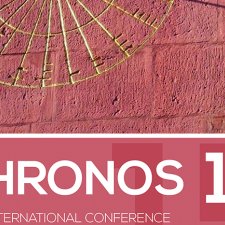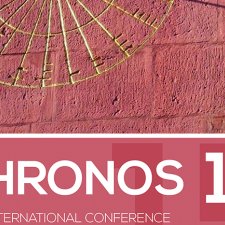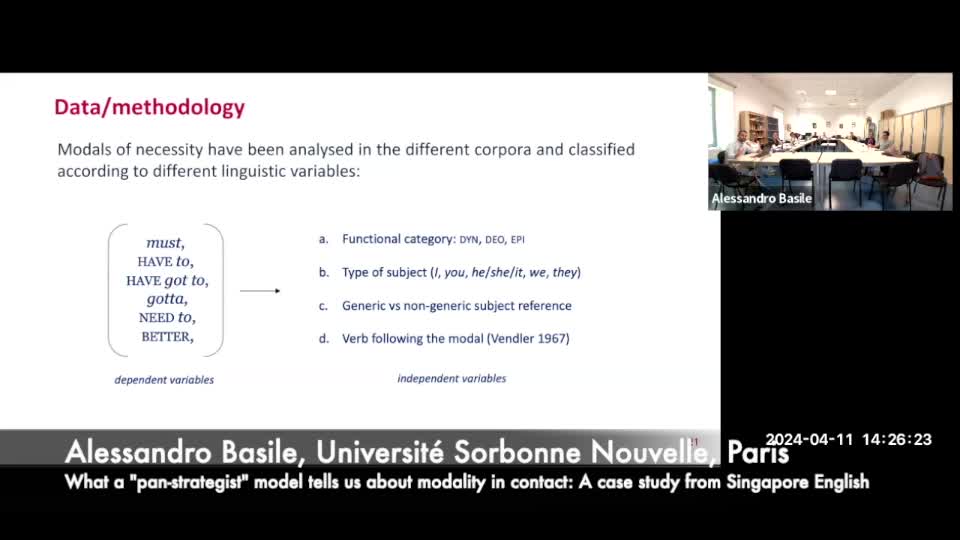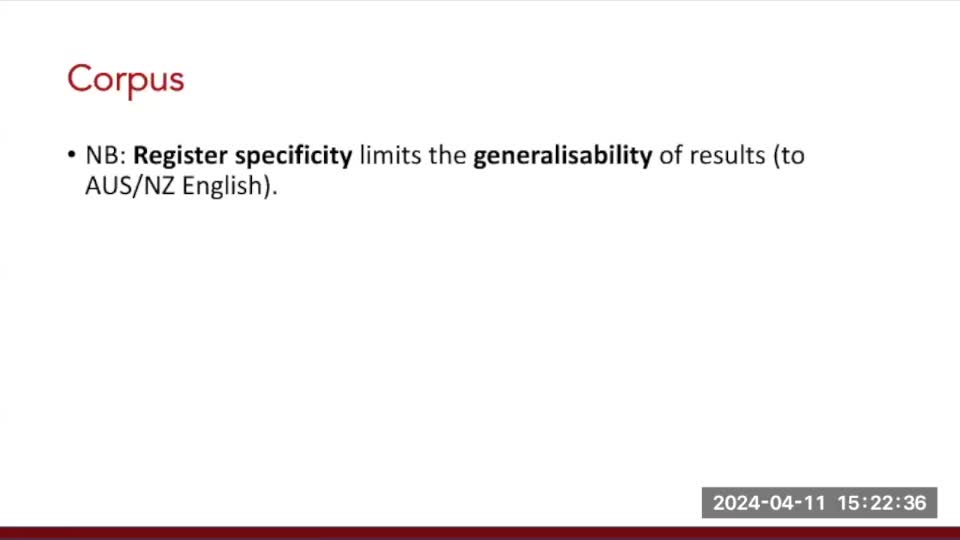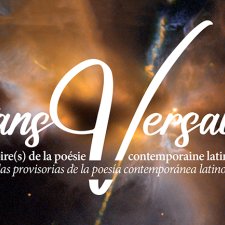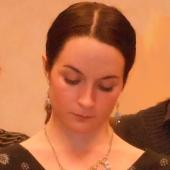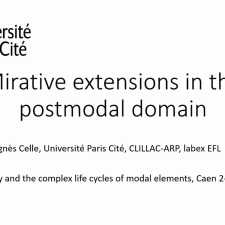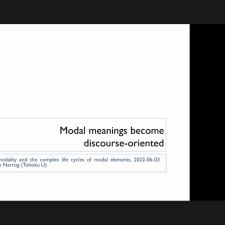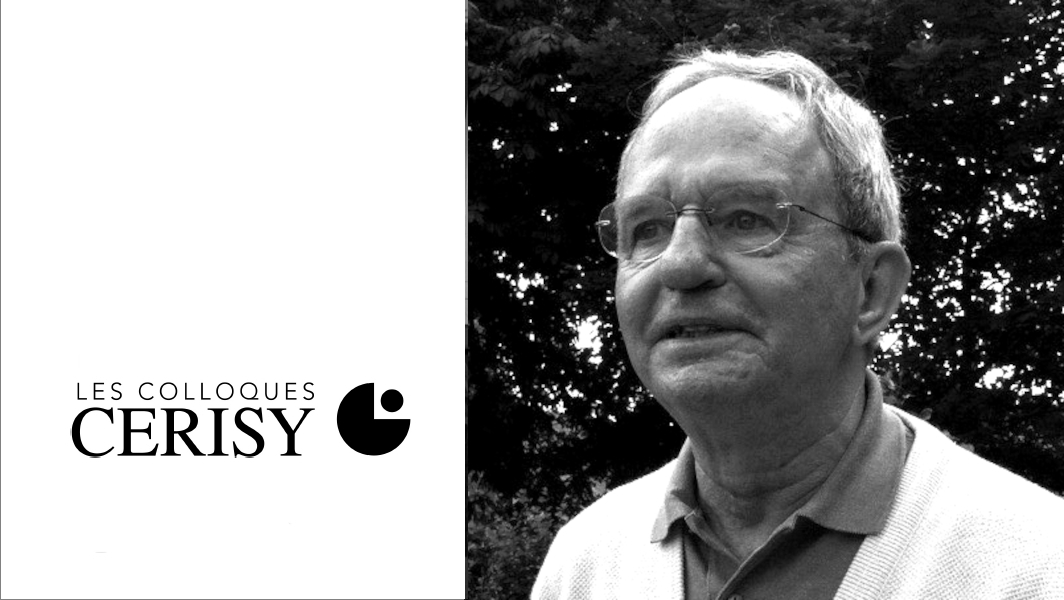Notice
Topics in aspectuo-temporal expression in Anindilyakwa
- document 1 document 2 document 3
- niveau 1 niveau 2 niveau 3
Descriptif
This presentation examines temporal and aspectual expression in Anindilyakwa (non-Pama-Nyungan, Australia), a language whose inflectional verbal system displays both a complex morphological makeup (where tense/aspect is realised through obligatory circumfix-like morphs), and a largely underspecified aspectuo-temporal semantics. While all synthetic verbal inflections are underspecified for viewpoint aspect, one morpho-phonologically reduced morph displays both temporal and aspectual underspecification.
In this presentation, we first examine the aspectually underspecified synthetic system, and in light of this, consider how aspectual distinctions can be specified through non-synthetic means. This will be followed by an analysis of the temporal anchoring of events involving the morpho-phonologically reduced (and aspectuo-temporally underspecified) morph, considering particularly contexts in which there is an absence of any overt or covert temporal information (i.e. what parameters contribute to the temporal interpretation of events taking this inflectional marking?)
Throughout the presentation, we will be paying special attention to the sensitivity of the inflectional system to event structural parameters, and consider how this compares cross-linguistically.
Intervention / Responsable scientifique
Dans la même collection
-
Narrating in a radically tenseless language
BertinettoPier MarcoThe activity of narrating is a fundamental element of social cohesion and is inherently based on the temporal dimension in which human events are couched. Furthermore, an events’ narration is
-
Harry Potter and the cross-linguistic semantics of tense and aspect
SwartHenriëtte deStories are typically told in the past tense, but next to narrative discourse, novels sometimes contains dialogue parts, as in the following example from J.K. Rowling’s (1998) novel Harry Potter and
-
Temporality, Orality and Discourse Structuring
CarruthersJaniceIn the first part of this paper I will present some of the results of a Horizon 2020-funded project on temporality in Occitan and French oral narrative, undertaken in partnership with Marianne Vergez
-
Co-reference in (linguistic-)pictorial discourse
AltshulerDanielThis talk takes up the question of how one arrives at pragmatic interpretations of pictorial and mixed linguistic-pictorial discourses.
Sur le même thème
-
"What a “pan-stratist” model tells us about modality in contact: A case study from Singapore Englis…
BasileCarmelo AlessandroThis talk aims to explore the development of a set of modal constructions of necessity and strong obligation, namely must, have to, (have) got to, gotta, need to, and better, in the contact variety
-
"Double modal constructions in Australian and New Zealand English: A computational sociolinguistic …
MorinCameronIn this presentation, I report the first large-scale corpus study of double modal usage in Australian and New Zealand Englishes, based on a multi-million-word corpus of geolocated automatic speech
-
Archivo de la voz y de la subjetividad en la poesía contemporánea latinoamericana
FoffaniEnriqueLe colloque TransVersales. État(s) provisoire(s) de la poésie latino-américaine contemporaine se proposait de faire émerger et d’analyser des questions toujours essentielles comme le rythme, le
-
Narrating in a radically tenseless language
BertinettoPier MarcoThe activity of narrating is a fundamental element of social cohesion and is inherently based on the temporal dimension in which human events are couched. Furthermore, an events’ narration is
-
Harry Potter and the cross-linguistic semantics of tense and aspect
SwartHenriëtte deStories are typically told in the past tense, but next to narrative discourse, novels sometimes contains dialogue parts, as in the following example from J.K. Rowling’s (1998) novel Harry Potter and
-
Temporality, Orality and Discourse Structuring
CarruthersJaniceIn the first part of this paper I will present some of the results of a Horizon 2020-funded project on temporality in Occitan and French oral narrative, undertaken in partnership with Marianne Vergez
-
Co-reference in (linguistic-)pictorial discourse
AltshulerDanielThis talk takes up the question of how one arrives at pragmatic interpretations of pictorial and mixed linguistic-pictorial discourses.
-
La nominalisation : fait de langue ou fait de style ?
Cette communication entend s'interroger sur une des questions posées par le colloque : [comment un fait de langue peut-il devenir fait de style ?]. La question sera examinée à partir d'un corpus d
-
Faits de langue, de discours et de style. Etude à partir des définitions de psychomécanique
La psychomécanique du langage établit une distinction entre le fait de langue et le fait du discours. Ce qui est de l'ordre du discours est un ensemble de « faits momentanés » dont la linguistique
-
Mirative extensions in the postmodal domain
The aim of this paper is to offer a semantic-pragmatic account of the postmodal uses of should and would. Arguably, should and would are related to the postmodal domain in so far as both modal
-
Modal meanings become discourse-oriented
Van der Auwera and Plungian’s (1998) map of possibility and necessity paths offers a re-arrangement of Bybee et al. (1994)’s data on grammaticalization paths in the domain of modality along two
-
Documents, Textes, Œuvres
François Rastier souhaite synthétiser des acquis de l'herméneutique et de la philologie pour promouvoir une sémantique des textes historique et comparée, appuyée sur la linguistique de corpus. Son


